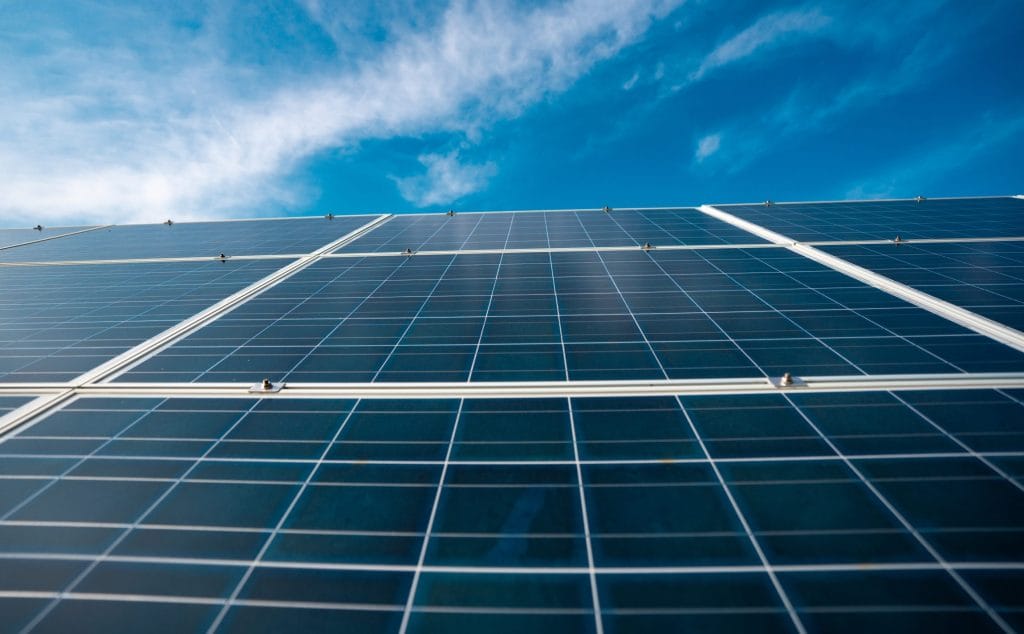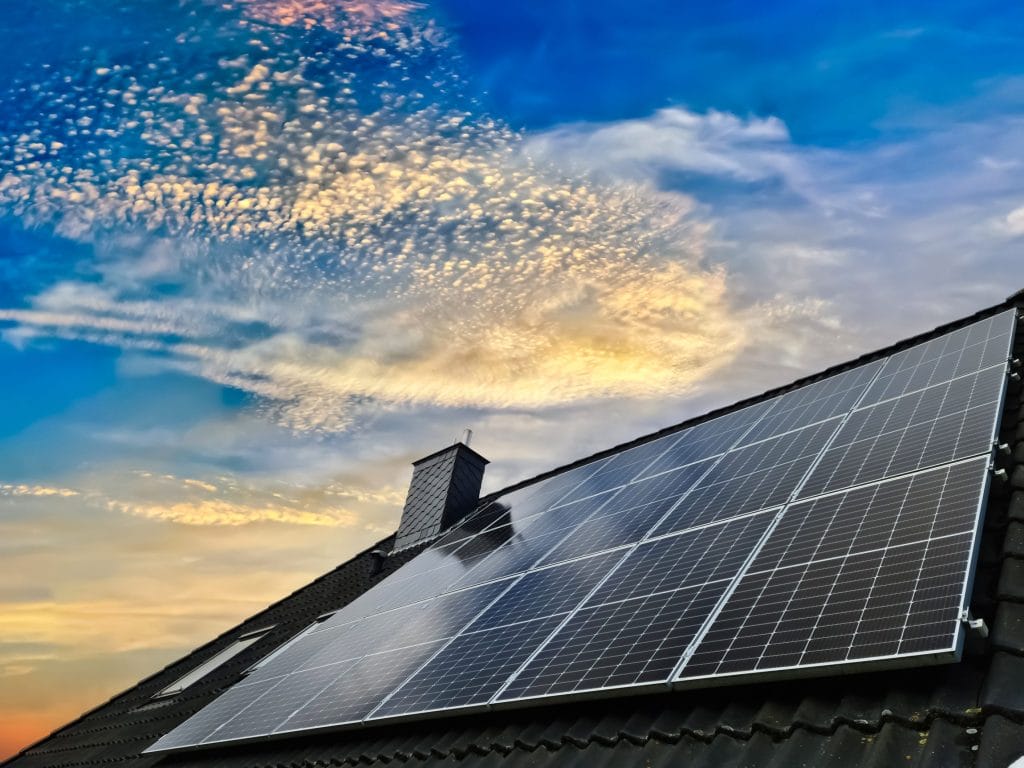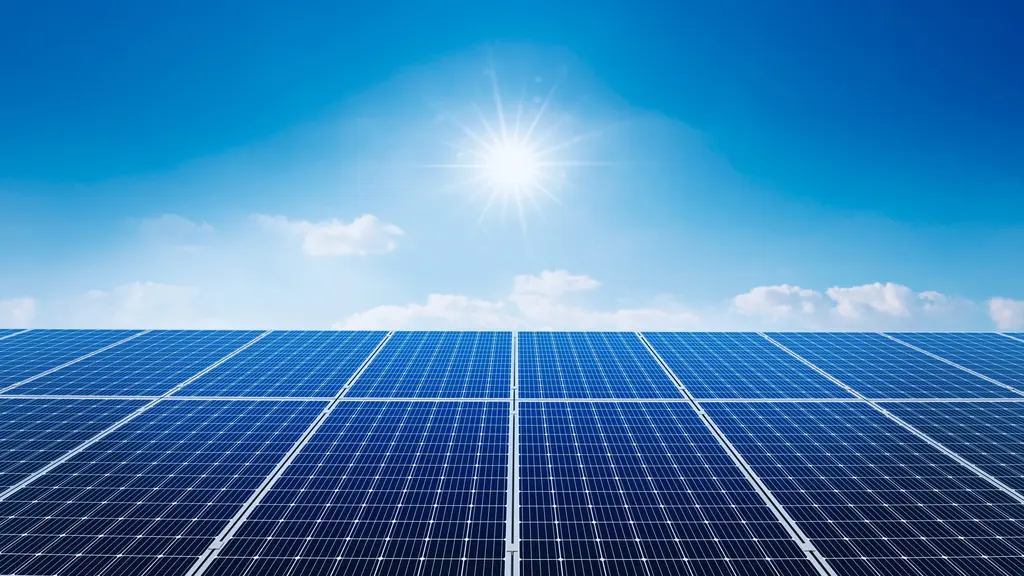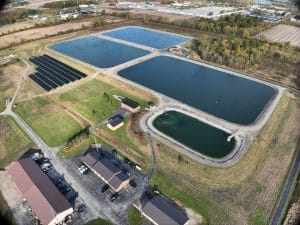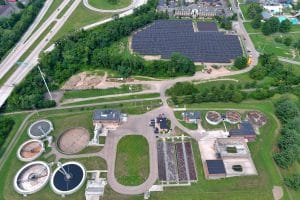How has the solar industry grown since the Solar Investment Tax Credit (ITC) was first instated?
Dating back to 2006, the ITC or Federal Investment Tax Credit (Section 48 of the tax code) is a tax credit that can be claimed on federal taxes owed for up to 30% of the cost of a solar system.
The ITC was designed for -and delivered – to drive down costs and increase adoption.
- Since the ITC was enacted in 2006, the U.S. solar industry has grown by more than 200 times
- The cost to install solar has dropped by more than 60% over the last decade
- Average annual growth of over 50% over the last decade alone
Until the Inflation Reduction Act (IRA) was signed in August 2022, the existing ITC had the following structure and stepdown:
- 30% for projects started or completed EOY 2021
- 26% through EOY 2022
- 22% through EOY 2023
- Sunset at 10% for 2024 and beyond for commercial only
Since its creation, Congress has provided numerous extensions, though only for short 5-year periods. The problem with these short-term extensions? They do not provide the long-term view and stability that organizations need to plan. The IRA addresses this.
Most of our electric generation is from fossil fuels, and that price fluctuates based on global markets. Fuel from solar energy is free once the system is installed, providing long-term stability and lowering electric prices.
Implementing onsite solar can help you take control of your energy costs by fixing a certain percentage of your electric rate for the long haul.
Big Picture Benefits for Solar in the Inflation Reduction Act
Interconnection added to Base
Historically developers incurred many costs on the front end when developing a solar project. The ITC takes care of this by allowing these expenses to be included.
Immediate impact
Projects built in 2022 are eligible for the 30%. This includes projects closed or constructed in 2022, increasing from previous 26%.
Long Term Planning
30% for 2023 through 2033. This allows for long-term planning and certainty. Keep in mind that there are planning requirements that can take a significant amount of time to complete. We encourage you to begin planning now.
Projects Under 1 Megawatt (MW)
Some new additions…
- 10% Bonus for Domestic Content
- 10% Bonus for Siting in Energy Community
Adders for Projects Under 1MW AC*
- 10% for low-income communities
- 20% for low-income residential housing
*(competitively allocated and have caps)
If your project was eligible for the 30% ITC, you’re now looking at 40% or 50% tax credits with these additions.
Projects Above 1 Megawatt (MW)
- 6% Base ITC
- 2% Bonus for Domestic Content
- 2% for Siting in Energy Community
- * 10% for low-income communities (Projects under 5MW AC)
- * 20% for low-income residential housing (Projects under 5MW AC)
*(competitively allocated and have caps.)
Adders
Where the rubber meets the road…
+ 24% Base ITC for projects that meet labor requirements (prevailing wage rates, apprenticeship program)
The bill was intended to make sure that there are good-paying green jobs, and these adders intend to incentivize this. While providing good paying jobs to our communities is central to our mission, Kokosing (link to Kokosing energy site) is the right partner as, right out of the gate, we have the eligibility to meet these requirements.
+ 10% Bonus for Domestic Content
Guidance is still forthcoming in this department.
What we are hearing so far is that to qualify for this adder, all steel must be 100% US Steel (usually part of the solar racking), and 40% of all the additional equipment (like modules, inverters…) must include content from US sources.
Solar manufacturing is a complex process. From the solar silicone that gets refined into wafers to the assembly of the solar modules using aluminum and glass. These materials are typically supplied from all over the world. There are a few select module manufacturers who assemble solar panels in the United States. We are still waiting to hear if they will qualify to meet the rules set forth in this adder.
We expect that our equipment suppliers don’t currently meet the requirements for this adder. However, we know that our partners are setting in place a roadmap to begin to meet these goals. Getting our customers to that extra 10% is important to us and to them.
+ 10% Bonus for Siting in Energy Community
To qualify for this adder…
- The project could be located on a certified Brownfield (former remediated industrial site, capped landfill…).
- Census tracts, plus their adjacent census tracts, where a coal mine closed after 1999 or a coal-fired power plant was retired after 2009.
- As determined by the Secretary, (1) a metropolitan or non-metropolitan statistical area with unemployment rates, from the previous year, at or above the national average and (2) at least 0.17% of employment or 25% of local tax revenues are related to the extraction, processing, transport, or storage of coal, oil, or natural gas at any time beginning in 2010.
+ 10%, 20% (or 30%) Low Income Community Adder
- Competitive – Apply to Treasury. We are not yet sure if this is a merit based application or a first come first served application and are still waiting on guidance.
- 1.8 GW allocated per year.
- 5 MW AC cap per project.
- + 10% Adder if located in a low-income Community or on Native American Indian Land (specific definitions are available).
- + 20% Adder if the project is part of a qualified low-income residential building project or a qualified low-income economic benefit project (specific definitions are available).
We will be happy to work with you to understand what percentage tax credit you would qualify for.
Direct Pay Provision
Historically, the only entities that could benefit from these tax benefits were entities with a tax appetite: for profit institutions and businesses. Non-profits, state and local municipalities, rural electric co-ops, and Indian Tribal governments could not take advantage of the benefits.
The IRA takes care of that. These entities, who don’t traditionally pay taxes, could get this tax credit paid to them directly. Likely the payment would be after the project is built.
Like all other organizations, a non-tax-paying organization is only eligible for the percentage back in the categories where you meet the requirements listed. Additionally, we have seen guidance that tax-exempt bond financing could see a reduction in the percentage available.
Stay Tuned
More details will be available in the months ahead as rules and guidance become available. Check out our FAQ page for additional coverage of the solar tax benefits included in the IRA.
We plan to keep our audience up to date with the latest information as it becomes available.
The best way to stay in touch? Start by signing up for a free solar evaluation. Fill out the form below to get started developing your project today.


